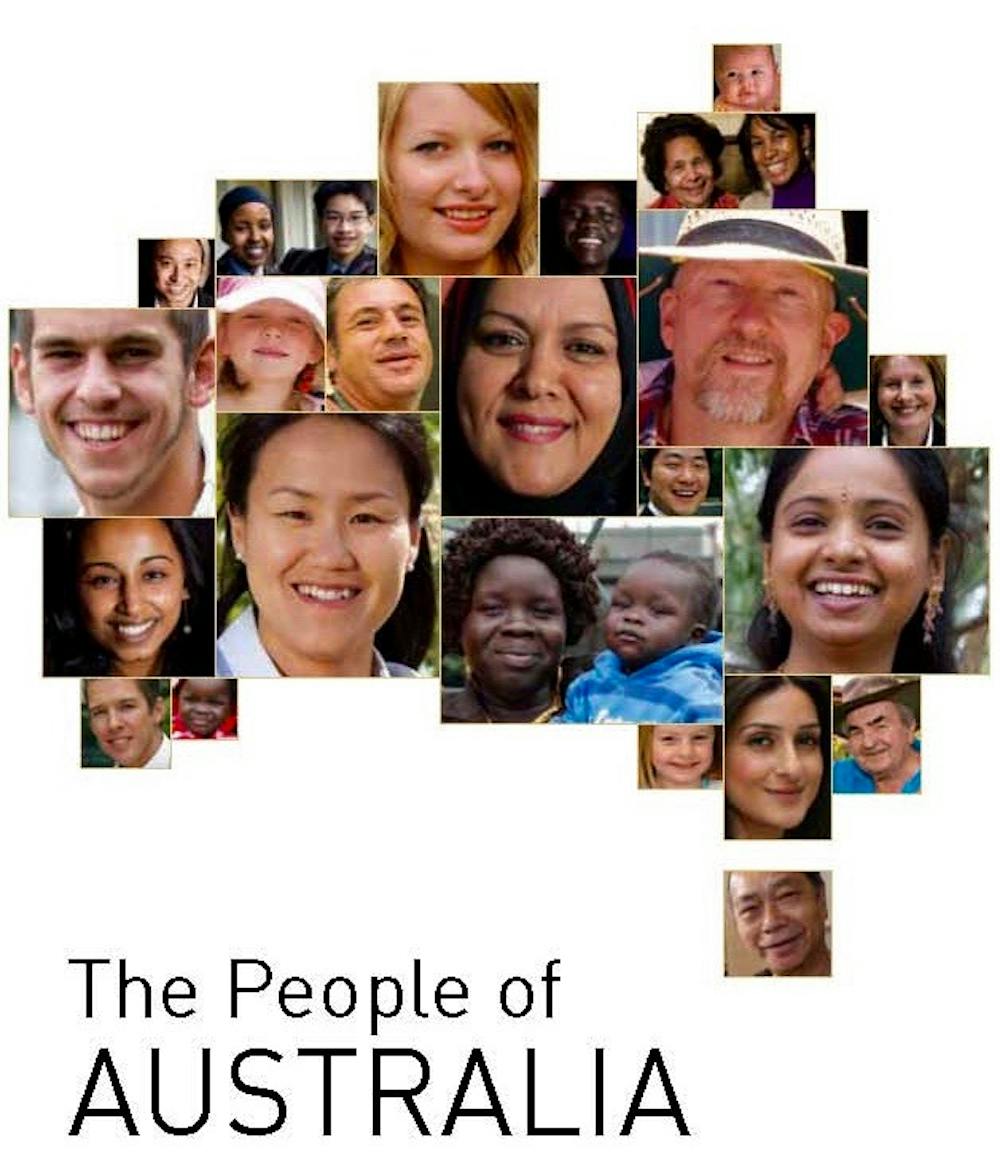Warning
Aboriginal and Torres Strait Islander Peoples this article may contain images and voices of persons who are deceased
This term we will be learning about the significance of The Tent Embassy in the history of Australia. The Australian Curriculum, Assessing and Reporting Authority [ACARA, 2016] outlines the need for students to develop knowledge of the ancestral history of the Indigenous Peoples of Australia. This is done through the study of the contributions made to to Australian society by Indigenous Peoples and the study of significant events that involved changes being made to civic movements.

http://www.nma.gov.au/online_features/defining_moments/featured/aboriginal_tent_embassy
Students have been introduced to this image without prior discussion of the topic. This has enabled discussion as a whole class that was without bias and provided a base for developing the topic. By the end of Year 6 students are able to explain significant events in history and compare the different perspectives of individuals/groups involved. The significance of The Tent Embassy in the history of Australia will be researched from the perspective of several key Australian identities as well as the impact on the society in terms of laws and legislation changes that were made.
Students will be researching the impact of what occurred on Australia Day in 1972. Research will include the lead up to Australia Day 1972. The Referendum of 1967 which allowed for Aboriginal people to be counted in the Census will be the first topic that we will discuss. It is important for students to learn about cultural diversity and the impact decisions have on different cultures.
Students will develop an understanding that The Tent Embassy was more than just a fight for land rights. Researching what 'Native Title'is and why it became such a contentious issue is primarily the goal of this unit. Understanding cultural diversity and the impact that decisions made by governments can have on a community may be seen as a controversial topic. If delivered in a context of fairness and showing no bias students can develop an understanding perspectives of others.


https://www.nla.gov.au/audio/a-handful-of-sand
A symbolic gesture Mr Whitlam handing Vincent Lingiari a handful of sand. Students will be asked to discuss why it is such a powerful image and why it is seen as symbolic.
The unit will involve students developing a presentation of the different perspectives of key identities of the time. Significant moments will be portrayed on timelines, with the impact they had on different people and communities. By studying the history of The Tent Embassy, students are looking at not only land rights but civil rights.
How can you be involved?
The topic of land rights is seen as controversial. As a parent/carer you have the opportunity to discuss any questions your children may have. It is important that as a class we learn all perspectives and the importance of having an opinion. Whilst not people may not agree on every topic, it is imperative that students learn to discuss controversial topics without bias. If you have any questions please contact me to arrange a convenient time.
References
Australian
Curriculum, Assessment and Reporting Authority (ACARA) 2016. The Australian curriculum: Cross-curricular
priorities. Retrieved from: http://australiancurriculum.edu.au/f-10-curriculum/humanities-and-social-sciences
Harrison, N. &
Sellwood, J. (2016). Learning and
teaching in Aboriginal and Torres Strait Islander Education. South Melbourne,
VIC: Oxford University Press.
National Museum of
Australia. Indigenous culture and history. Retrieved from http://www.nma.gov.au/engage-learn/schools/on-site-programs/after_your_visit/indigenous_culture_and_history
Price, K. (2015).
Aboriginal and Torres Strait Islander
education: An introduction for the teaching profession. Port Melbourne,
VIC: Cambridge University Press.
Splash ABC. Retrieved from http://splash.abc.net.au/home#!/media/2188045/history-of-the-aboriginal-tent-embassy



